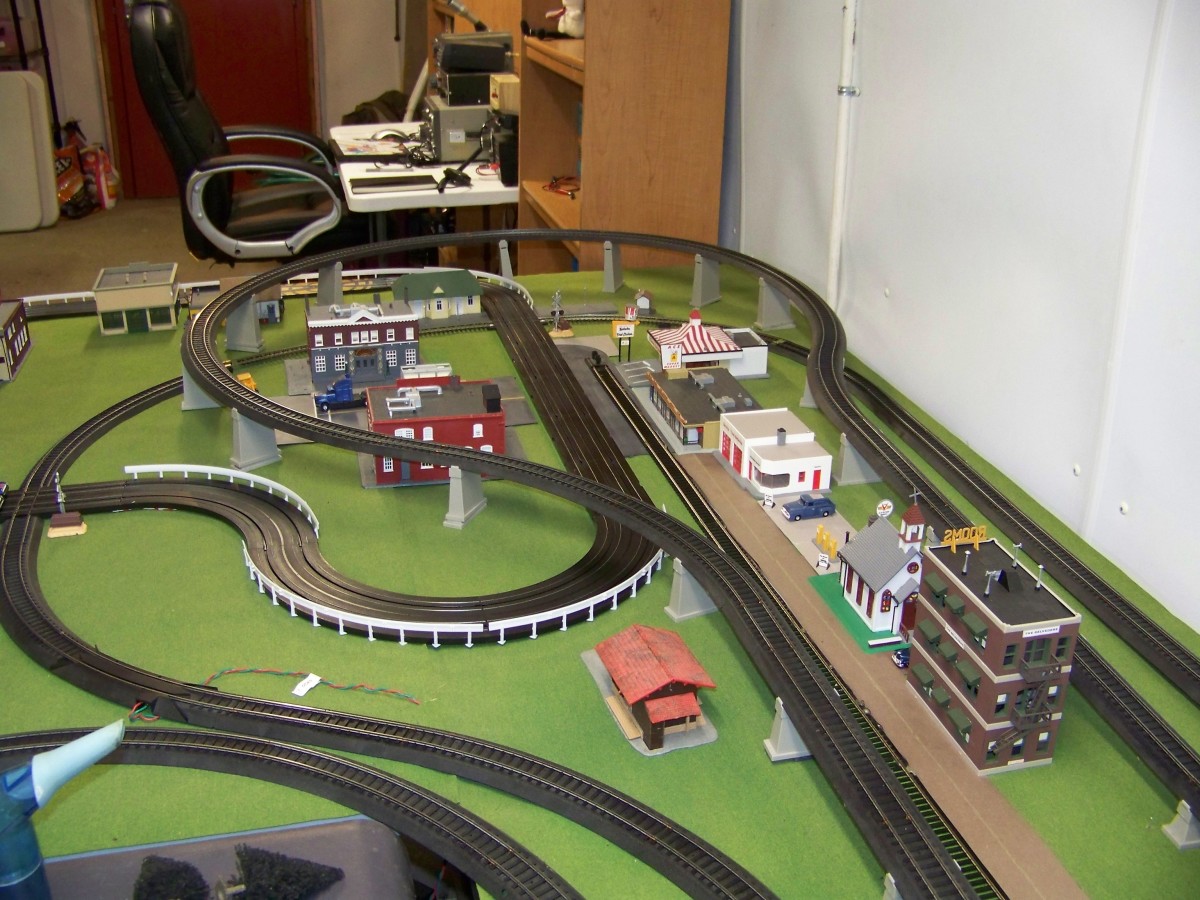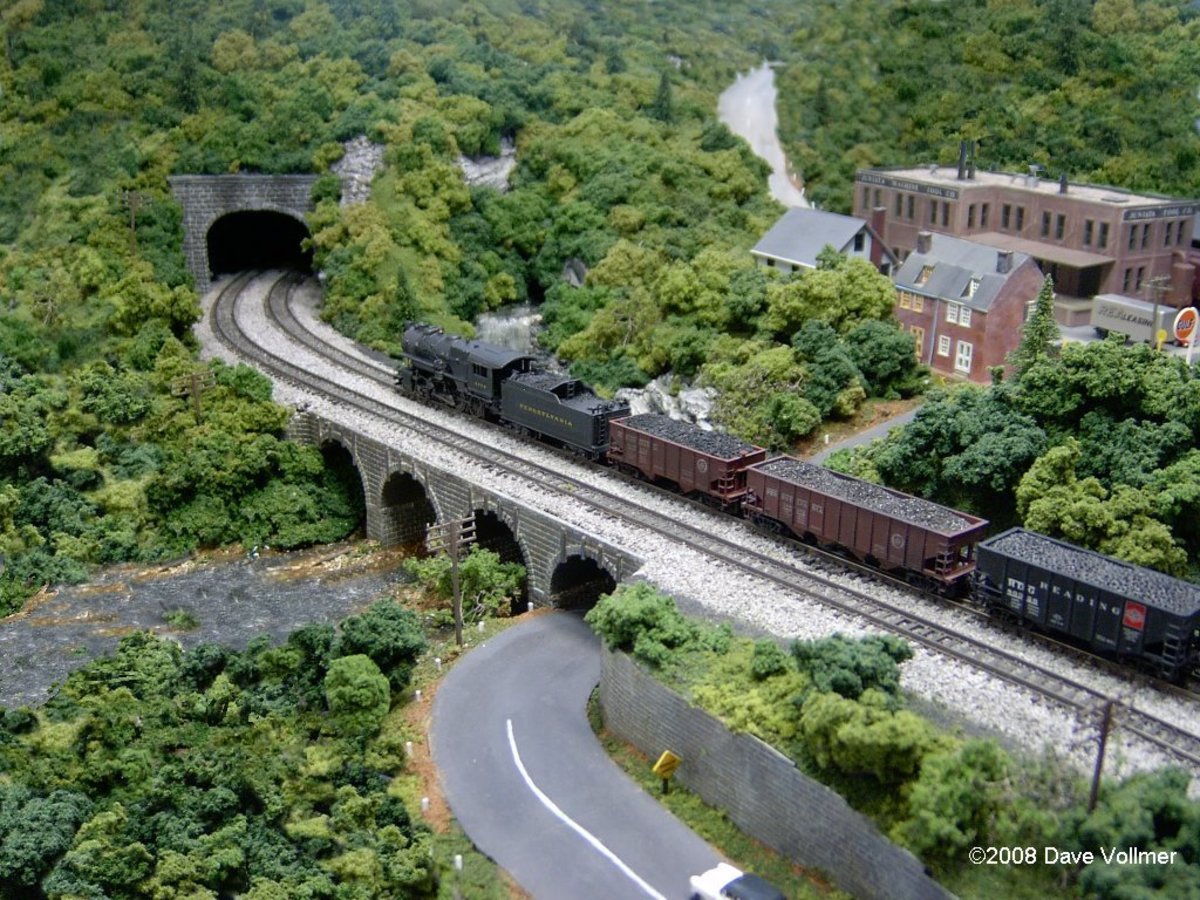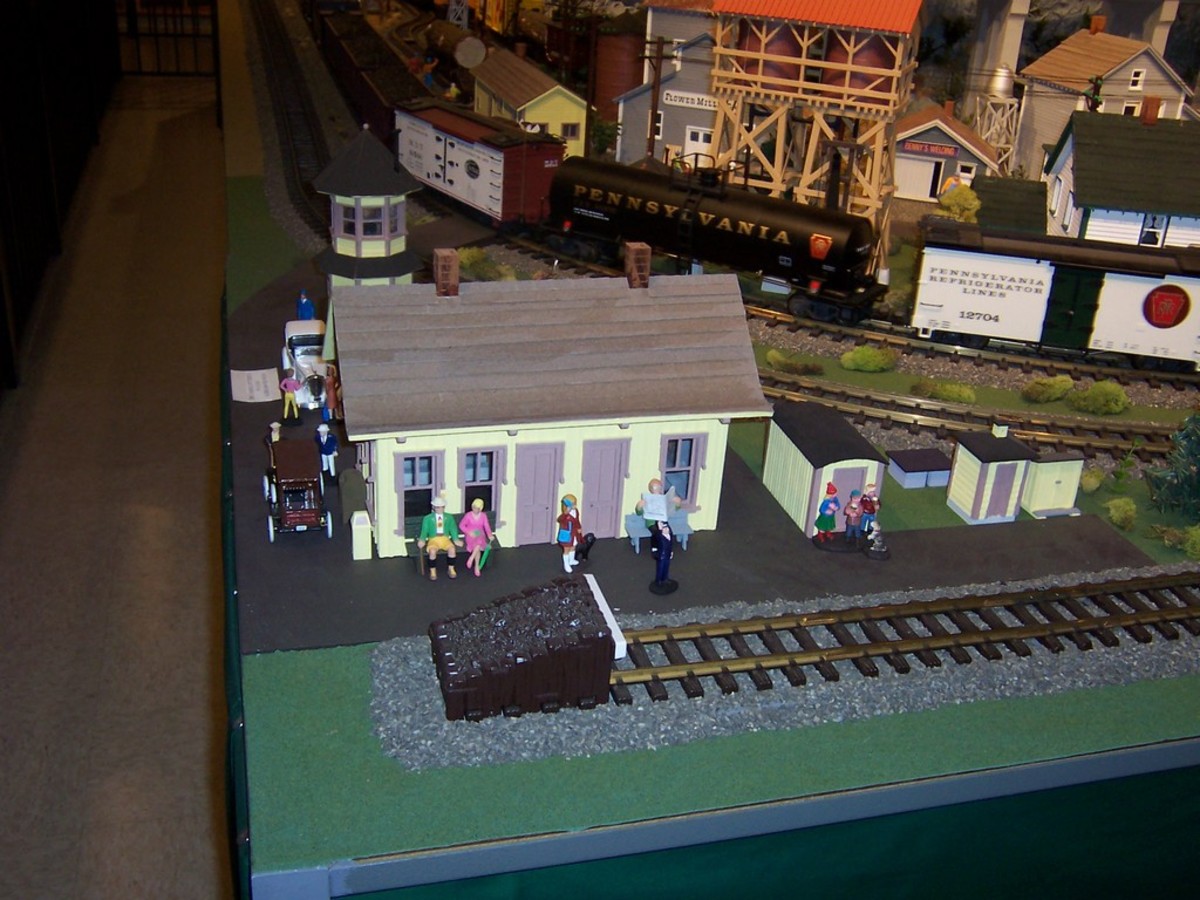Important Steps in Model Train Wiring
Important Steps in Model Train Wiring
Many individuals collect trains. They go to great lengths to get the trains in their possession. They visit specialty, retail and online stores searching for the locomotives. Once you gain ownership of a model train, you should get a model railroad to run the train on. The first thing you are required to do in model railroading is pick a scale. In most cases, scales are picked with the track and equipment bought as the basis. The scale mostly used is the HO scale because it lets you accomplish all the railroading tasks with minimal space. When it comes to model train wiring, you start with the basic concept of a single wire to each particular track of rail. Nevertheless, noting that as the size and complexity of the design of the layout increases, the wiring task becomes complicated is important.
Selecting a scale using the size of space available for the plan as the basis is step number one when wiring. In step number two, you are mandated to run wires to the rail tracks from the power pack of the railroad that gives the rails direct current. If you have a small plan designed to operate one locomotive, then you only need one connection. You can be reverse the polarity of the circuit and even the direction of the train by placing a double pole, double throw toggle or slider switch in between the power source and track. You ought to make use of commercial connectors to link the rail and the wires. Alternatively, you can joint the wires straight the sides of the railroad by soldering them on.
It is important that you run a booster connection to compensate. Nonetheless, it is only after you establish that the power is fading and therefore making the train run sluggishly or come to a halt on particular track section that you should do this. You should utilize insulated joiners to leave openings in the rails or isolate the blocks of tracks when operating multiple locomotives. These electronically isolated sections are run by toggle or rotary switches to determine the source of power to run the locomotive. It is important that you talk to a professional if you are a fast timer and do not know how to wire a model train. Conversely, you may conduct a search on the internet on how effectively to wire a model train. When the time comes to wire the train, ensure you have all the right equipment.








